President Donald Trump announced on Monday that his administration will begin issuing $2,000 tariff dividend checks to Americans around the middle of 2026, marking the most specific timetable yet on a proposal that has been met with skepticism. The payments, according to Trump, will go to individuals of moderate income, middle income.
In a statement made to reporters in the Oval Office, Trump said, "We're going to be issuing dividends later on, somewhere prior to probably the middle of next year, a little bit later than that." Trump's commitment marks an escalation from his earlier, vaguer assertions that tariffs are generating enough money to fund direct payments to American households.
According to Axios, Treasury Secretary Scott Bessent made it clear over the weekend that the administration needs legislation to distribute any such dividend. "We will see," Bessent said on Fox News, adding that the structure could take forms other than a check, such as a tax rebate. Bessent's comments signaled uncertainty within the administration about how to implement the proposal.
The idea of using tariffs to fund direct payments to American households has been a contentious issue, with some arguing that it is a form of economic populism and others questioning the feasibility of the plan. Trump's proposal has been met with skepticism by lawmakers and economists, who point out that the administration would need to navigate complex legislative and regulatory hurdles to implement the plan.
The concept of using tariffs to fund direct payments is rooted in the idea of a "tariff dividend," which suggests that the revenue generated by tariffs could be distributed directly to American households. Proponents of the idea argue that it would provide a boost to the economy and help to offset the costs of tariffs imposed on imported goods.
However, critics argue that the plan is overly simplistic and ignores the complexities of the global economy. They also point out that the administration would need to navigate a complex web of trade agreements and regulatory frameworks to implement the plan.
The current status of the proposal is unclear, with Trump's announcement providing little clarity on how the administration plans to implement the plan. The administration will need to work with lawmakers to pass legislation that would allow for the distribution of tariff dividend checks, a process that is likely to be contentious and time-consuming.
In the meantime, the proposal has sparked a lively debate about the role of tariffs in the economy and the feasibility of using them to fund direct payments to American households. As the debate continues, it remains to be seen whether the administration will be able to overcome the hurdles and implement the plan.





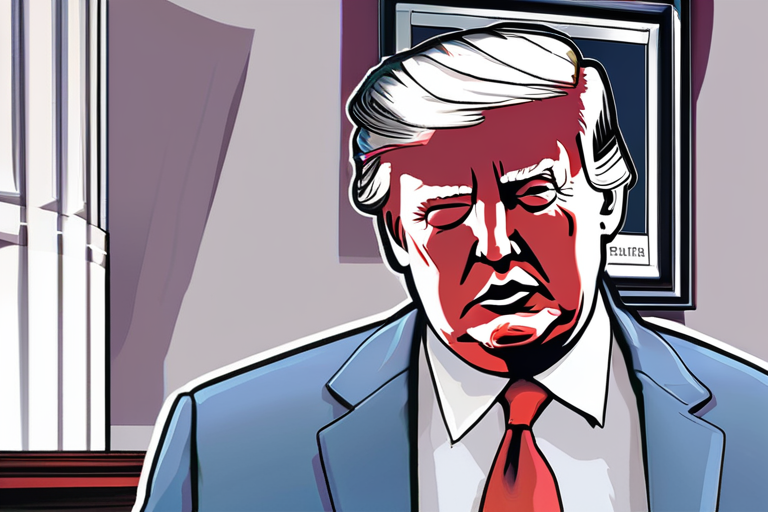



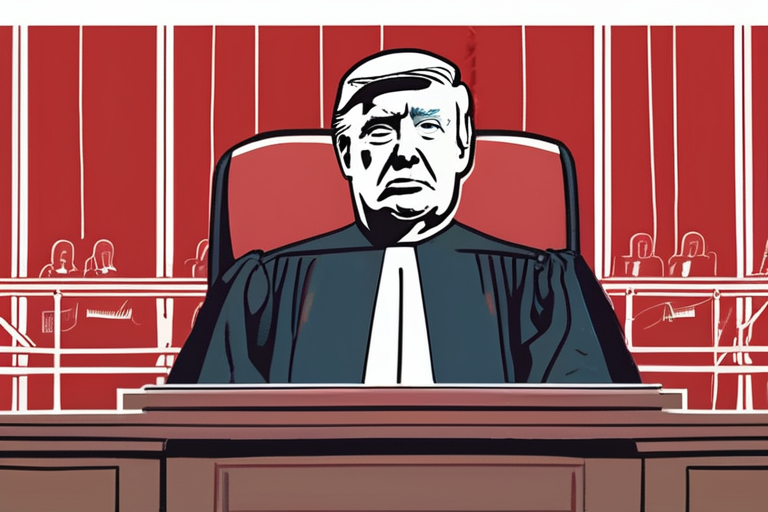

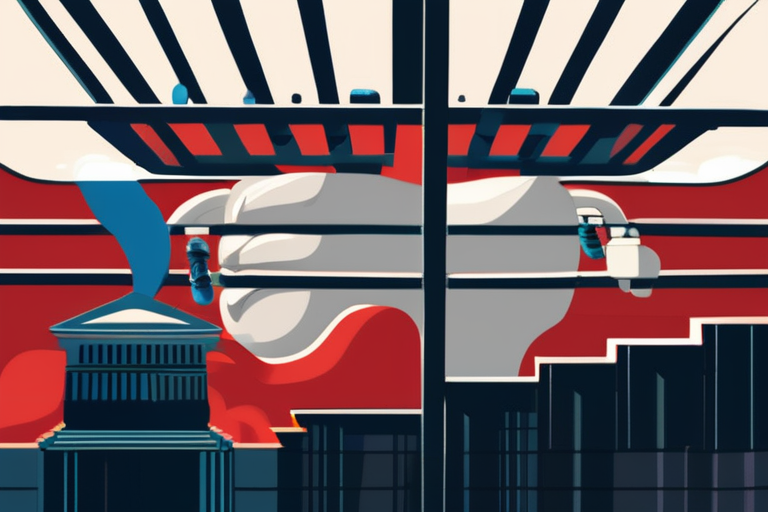

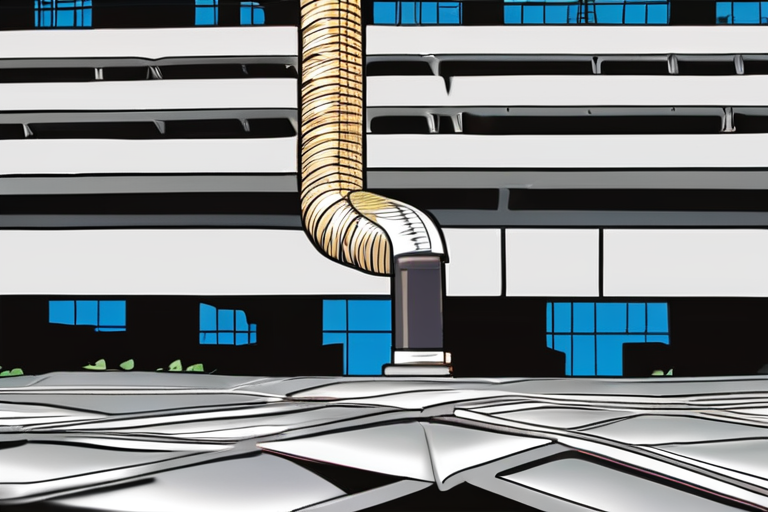

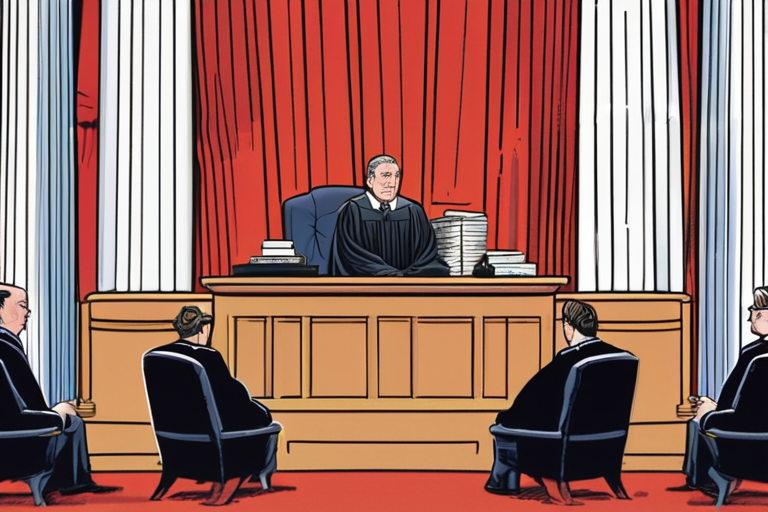
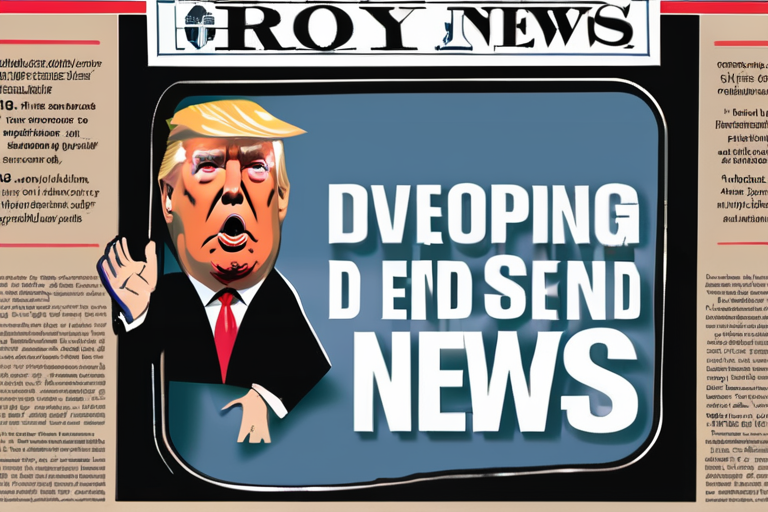
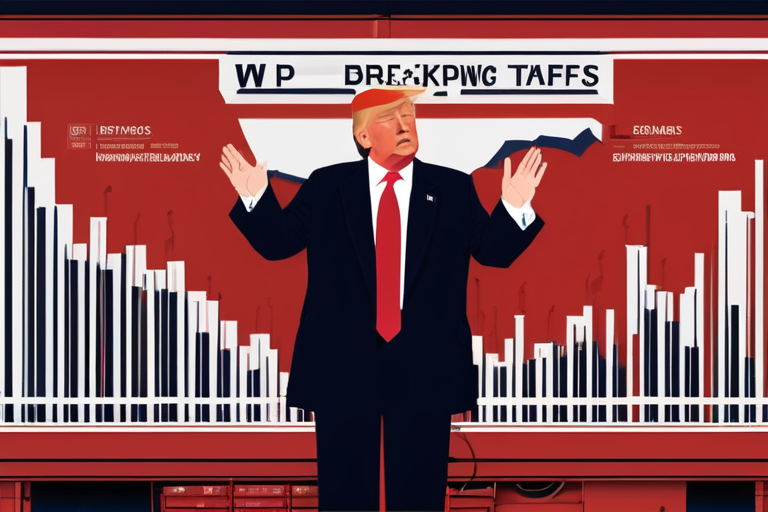

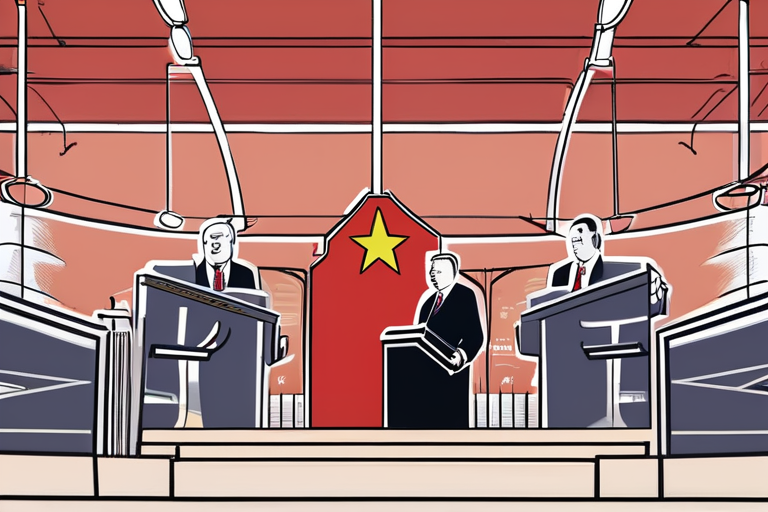
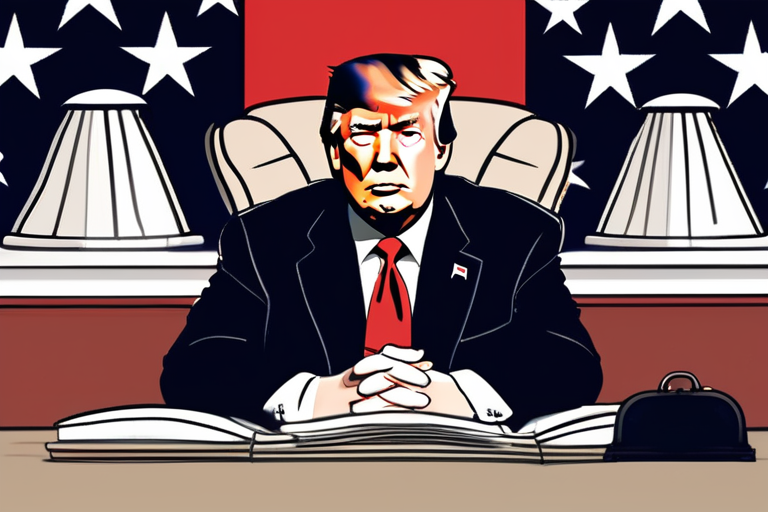


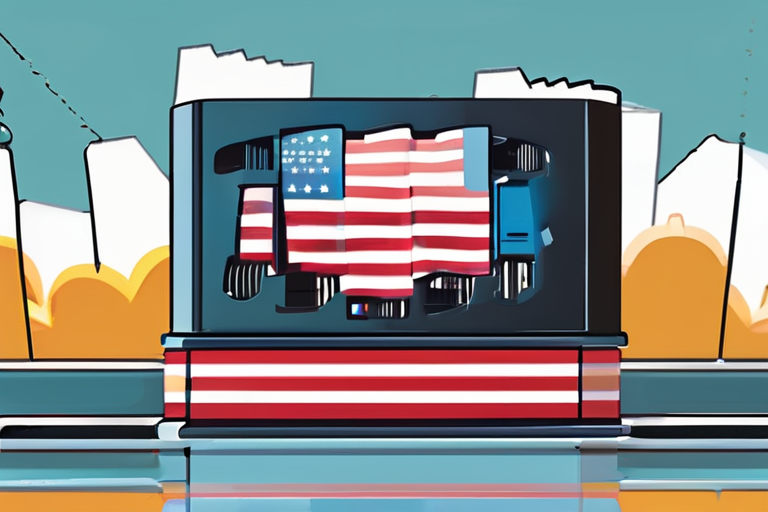

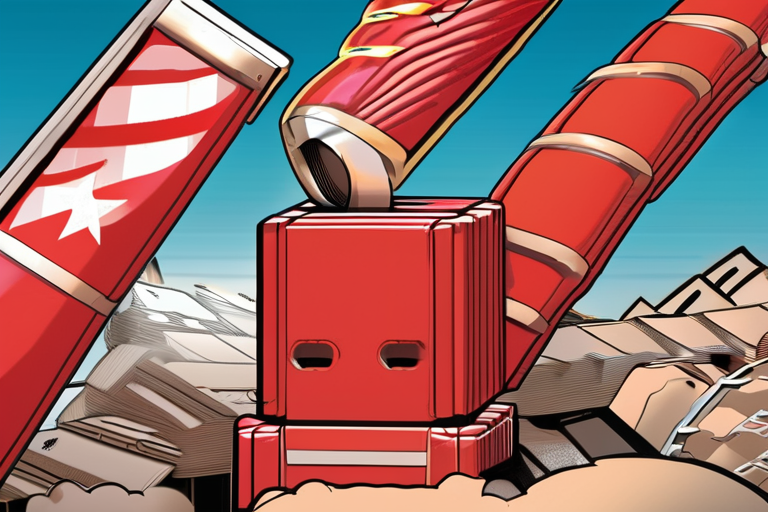
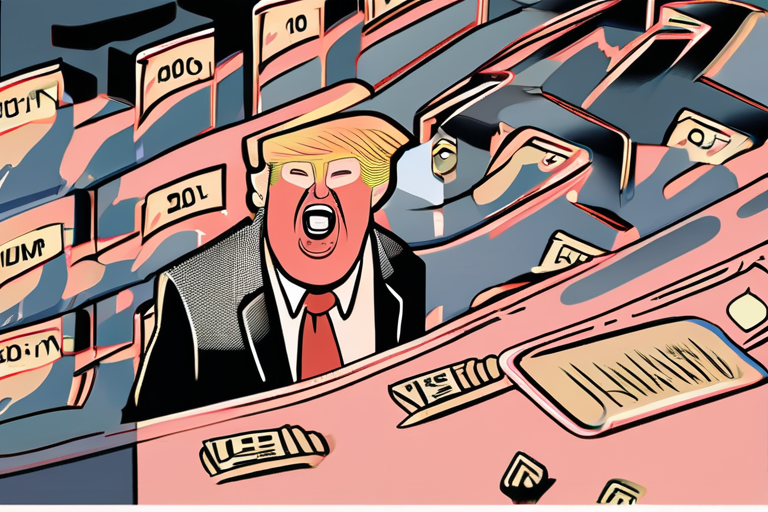
Share & Engage Share
Share this article